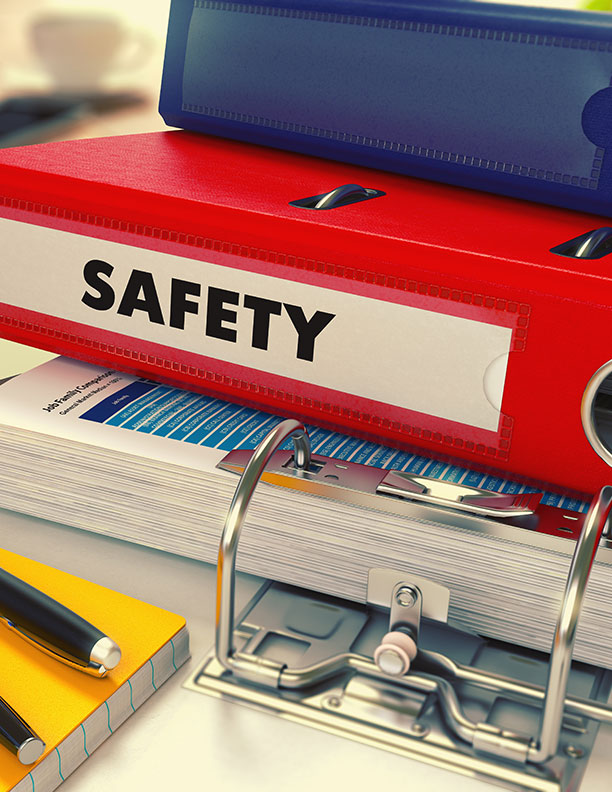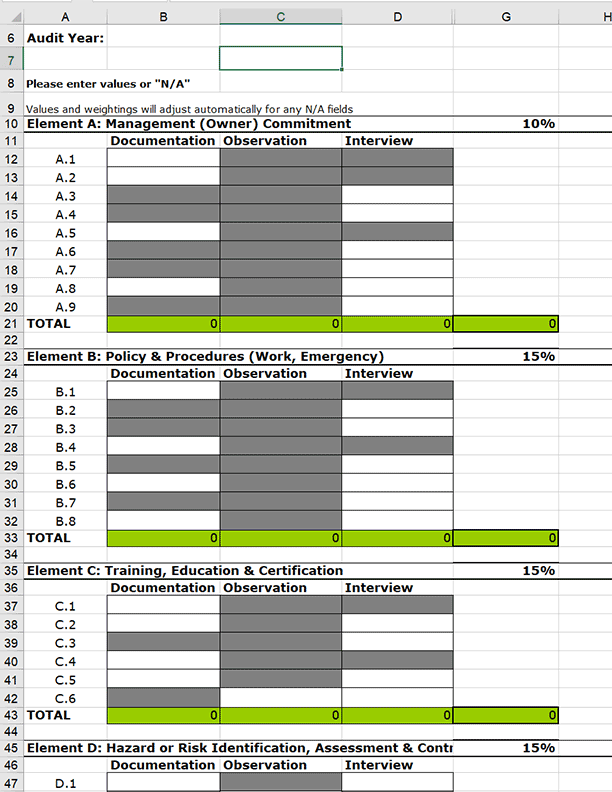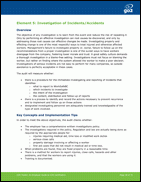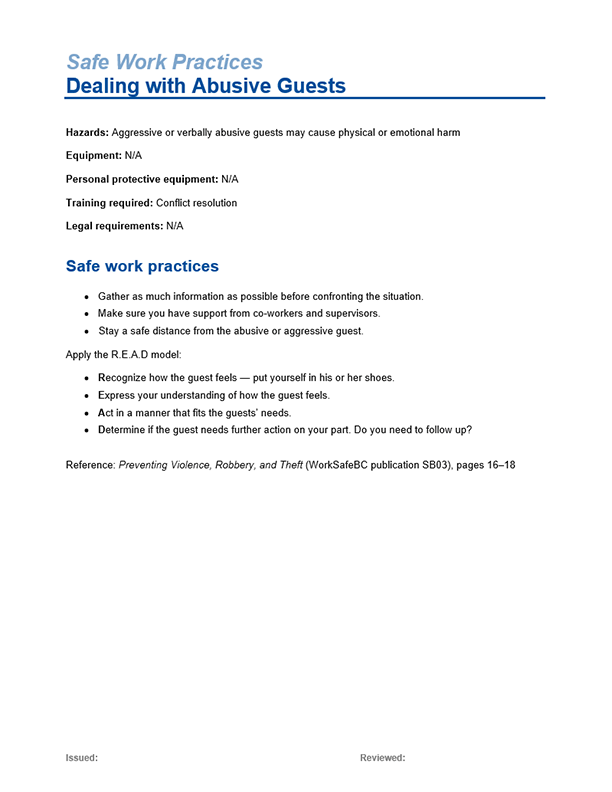July 31, 2017
Drug and alcohol testing has become one of the most contentious contemporary issues in Canadian labour and employment law. Everyone understands that the use of alcohol and certain drugs can impair an individual’s ability to work safely and, depending on the workplace, lead to serious injury, property damage and associated liabilities. Rapid and significant changes to the legal status of marijuana have also led to broader concerns about impairment at work. Testing for drug and alcohol use in the workplace may reduce risks in some circumstances, but often raises concerns regarding privacy, unlawful discrimination and the reasonable exercise of management rights.
Whether or not an employer can lawfully test for the use of drugs and alcohol in the workplace will depend on the nature of the workplace, the type of testing the employer wishes to utilize and the circumstances under which such testing occurs.
KEY PRINCIPLES
Important guiding principles regarding drug and alcohol testing in the workplace have been articulated in several recent Canadian court cases. This much is clear – meeting the legal threshold for an employer to unilaterally implement random drug and alcohol testing is very difficult: even where a workplace is “highly safety-sensitive” or “inherently dangerous” (e.g. a paper mill), the employer must establish that it faces “enhanced safety risks”, such as evidence of a substantial substance abuse problem in the workplace, to justify the intrusion on employee privacy.
Non-random testing in certain circumstances is somewhat less controversial. For example, in an inherently safety-sensitive workplace, it is generally accepted that an employer may require an employee to undergo testing for impairment when:
there is “reasonable cause” to believe the employee is under the influence of drugs or alcohol while on duty; or
the employee was involved in a workplace accident or incident (including a “near miss”).
In some instances, in safety-sensitive environments, it may also be permissible to administer drug and alcohol testing at the outset of employment, after the offer of employment has been made, but before the person begins work. That said, such testing remains controversial and must always be carefully administered in a non-discriminatory manner (i.e., those who “fail” a test should not face automatic disqualification).
WHAT ABOUT NON-SAFETY-SENSITIVE WORKPLACES?
It is especially challenging to justify drug and alcohol testing in workplaces that may not be considered “safety-sensitive”. Pre-employment drug and alcohol testing in a non-safety-sensitive workplace is not likely to be justifiable. Random drug and alcohol testing in non-safety-sensitive workplaces is essentially prohibited, though random testing might be implemented for an individual employee who returns to work after treatment for substance abuse or who agrees to random testing in connection with a workplace accommodation related to a substance abuse treatment program.
In a non-safety-sensitive workplace, a policy that calls for testing based on reasonable cause or following a workplace incident may be justified if the employer can demonstrate that such testing is a bona fide occupational requirement (“BFOR”) – i.e. it achieves a purpose rationally connected to the work, is imposed in good faith to achieve that purpose, and is reasonably necessary in the circumstances. In short, to establish that drug or alcohol testing is a BFOR in such instances, the employer must be able to demonstrate that obtaining a positive or negative test result is legitimately the only reasonable way to investigate and resolve the workplace problem at hand. If a BFOR cannot be established, such testing may give rise to complaints of discrimination on the basis that those who test positive may be subject to unnecessary adverse employment consequences based on a real or perceived disability – i.e., a drug or alcohol dependency. In addition, such testing in the absence of a BFOR will surely give rise to privacy concerns which may be deemed to outweigh the employer’s interest in the results.
A recent case from Ontario demonstrates the difficulty in justifying a drug and alcohol test even where a workplace accident has occurred but the harm that results is not significant. In Jacobs Industrial v International Brotherhood of Electrical Workers, Local 353, 2016 CanLII 198, a worker’s employment was terminated when he refused to undergo a drug and alcohol test following a minor vehicle accident. The oil refinery site where the employee worked was highly safety-sensitive but the union argued it was not reasonable to require him to undergo the tests given the circumstances of the accident.
The accident occurred in the refinery parking lot. The employee hit a parked car while he was driving a pickup truck in reverse, and then left without reporting the incident. The employer immediately conducted an investigation in accordance with its policy, concluding that the accident was the employee’s fault (which the employee admitted) and that drugs and alcohol could not be ruled out as a possible cause. The employee had been requested, in accordance with policy, to undergo drug and alcohol testing, but he refused to do so.
An arbitrator concluded that, in the circumstances, post-incident testing was not justified. First, the incident was not significant enough to justify testing, as the only harm caused was minor damage (between $1,000 and $5,000) to the parked car. Further, there was no sign that the accident was due to impairment. While the arbitrator called this a “borderline case” with “troubling features”, the dispute was ultimately resolved in the employee’s favour.
CONCLUSIONS
So, what is the bottom line – can an employer implement drug and alcohol testing in the workplace? There is no once-size-fits-all answer to that question, but the key considerations are as follows:
First, a careful assessment is required to determine if the employer operates its business in a truly safety-sensitive environment.
Next, there needs to be a clear understanding regarding the specific circumstances under which testing will occur and what such testing is expected to accomplish.
Where it is determined that testing is required, the goal is to design an approach that minimizes the privacy invasiveness of the testing strategy, while still contributing to the goal of maintaining a safe workplace.
The bottom line is that testing for drugs and alcohol should only be implemented in the workplace as part of a well thought out and carefully considered policy.
In the meantime, even without a testing policy in place, what should an employer do if an employee appears to have reported to work in an unfit condition or the employer suspects he or she is abusing drugs or alcohol? Appropriate responses may include an immediate removal from the workplace (with safe transportation home), referral to counselling or an employee assistance program, a mandatory medical assessment and/or, in some circumstances, the imposition of appropriate discipline.
This Article was provided by Ryan Anderson, an employment lawyer with Mathews Dinsdale & Clark LLP. The information provided in this article is necessarily of a general nature and must not be regarded as legal advice. For more information about Mathews Dinsdale & Clark LLP, please visit mathewsdinsdale.com.
go2HR is BC’s tourism and hospitality , human resources and health & safety association driving strong workforces and safe workplaces that deliver world class tourism and hospitality experiences in British Columbia. Follow us on LinkedIn or reach out to our team.
Return to top


